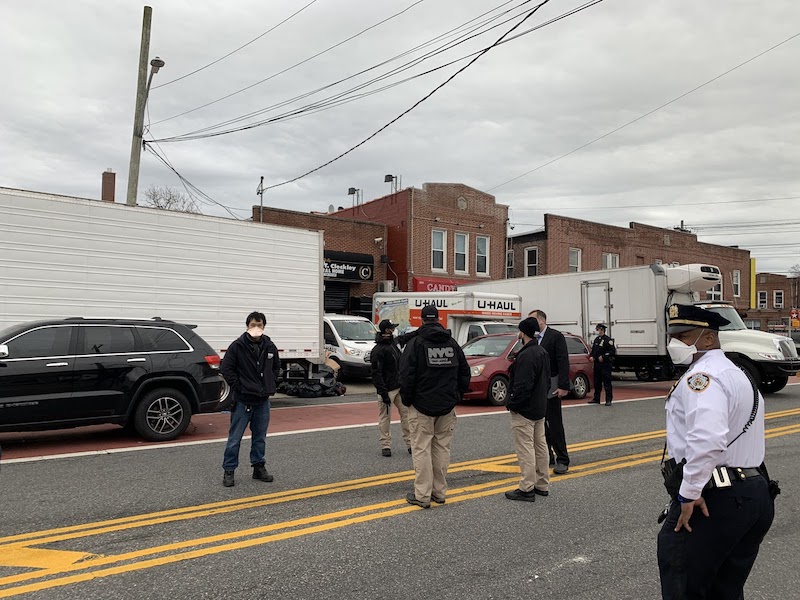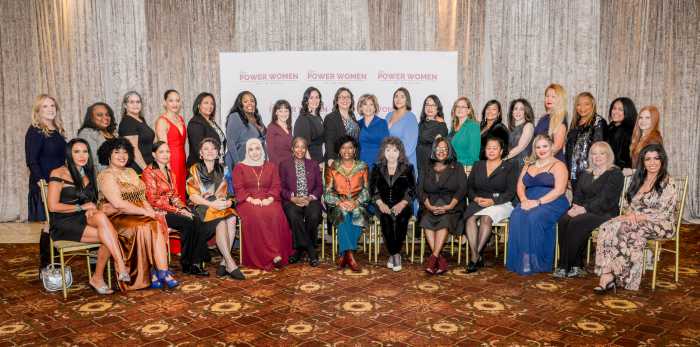The state Department of Health (DOH) under Gov. Andrew Cuomo never came up with any proactive plans for the nursing and death care industry to deal with the scores of bodies left in the wake of the COVID-19 pandemic, a KCP investigation has found.

The DOH is the government agency charged with oversight over both the nursing and death care industries. They were unable to provide KCP with any documentation showing the issuance of any proactive directives or plans for these industries to deal with the pandemic despite getting multiple written directives and warnings from among others, the Trump Administration.
From the beginning, the DOH’s attempts to respond to the crisis fell short, even with Governor Cuomo’s appointment of $40 million in emergency funds and authority to DOH’s Commissioner Dr. Howard Zucker to come up with appropriate measures back in February.
The emergency allocation, when announced, said the money was to hire additional DOH staff and to ensure local health departments and public and private hospitals statewide would take certain actions and measures in response to the novel coronavirus outbreak as needed, but there was no mention of either known high-risk nursing homes or the death care industry.
The Bureau of Funeral Direction, under the DOH, issued its first real guidelines on March 17 and even then it came in response to “multiple inquiries from the funeral directing industry throughout the State.”
The guidelines stated that personal protective equipment (PPE) was essential and warned against handling bodies directly, but said nothing about storage overflow. It also noted that “older people and people of all ages with severe underlying health conditions are at higher risk of developing serious COVID-19 illness”
Then on April 7, the National Funeral Directors Association urgently reached out to the governor with an open letter, begging the governor to sign an executive order that would allow hundreds of volunteer funeral directors from throughout the country to come to the city to deal with the avalanche of dead bodies.
A week later, on April 14, the DOH finally released a letter of guidance to funeral directors in the state saying they would allow out-of-state licensed funeral directors to help with the overflow of the dead.
Then last week, dozens of bodies were found in U-Haul trucks outside the Andrew T. Cleckley’s Funeral Home, 2037A Utica Avenue in Flatlands. The funeral home is actually an ancillary business to funeral homes in that it does prep and embalming work for other funeral homes.
As the DOH had no actual plan for dealing with the dead in place, it may have been standard operating practice for multiple funeral homes, hospitals and morgues to send bodies to this address.
Zucker demured any oversight responsibility, saying that following an investigation by the DOH, he issued an immediate suspension order to Cleckley’s funeral home. He said that a crisis is no excuse for such an appalling situation.
“Funeral homes have a responsibility to manage their capacity appropriately and provide services in a respectful and competent manner. We understand the burden funeral homes are facing during this unprecedented time,” said Zucker. “That’s why the state previously issued an order allowing out-of-state funeral home directors to assist during this crisis and took steps to ease administrative hurdles.”
Meanwhile, State Attorney Letitia James, a political ally of Cuomo, has launched investigations into both the nursing and death care industries without mentioning any culpability on the part of the DOH.
“New Yorkers are grieving the loss of our families and neighbors,” said James. “I’m appreciative that the New York State Cemetery Board adopted emergency regulations that we hope will ease the backlog at funeral homes. While the challenges the funeral home industry faces are unprecedented, deceased New Yorkers must be treated with respect and dignity, period.”

Meanwhile, Brooklyn Borough President Eric Adams, even though it is a state and not city jurisdiction, has been proactively taking charge in working out systematic procedures and arrangements in dealing with the dead.
Adams first confronted the issue on April 26, a few days before the Flatlands bodies were discovered, when he stood outside the city’s Office of the Chief Medical Examiner (OCME) in Manhattan to demand wide-reaching reforms to the way the bodies of those who pass from COVID-19 are handled and buried.
He noted then that there were numerous reports from funeral home directors across the city indicating that bodies are being stored with little regard for the dignity of the deceased, causing added pain for their loved ones.
Among the changes Adams called for on April 26 were extending the hours morgues were open across the city to allow funeral homes to retrieve the bodies, and mandating that non-private cemeteries across the state double the capacity of burials.
Then today, Adams convened a virtual task force meeting with funeral home directors, faith leaders, morgue operators, cemeteries, OCME and other stakeholders for a Bereavement Task Force.
During the call, the OCME highlighted three recent policy changes to help the “death care” system function more smoothly.
They include a location to store bodies is being set up at Pier 39 to ease the burden on funeral homes and extend the window during which bodies can be retrieved before they are buried temporarily or permanently at Hart Island, personal protective equipment (PPE) will be distributed to cemetery workers and funeral home workers, and the OME extending its operating hours to 10:30 p.m. every day.
Notably absent from today’s task force meeting were any state or DOH officials, who are charged with figuring a plan of action to deal with the estimated 18,000 people in New York City that have died due to COVID-19.






